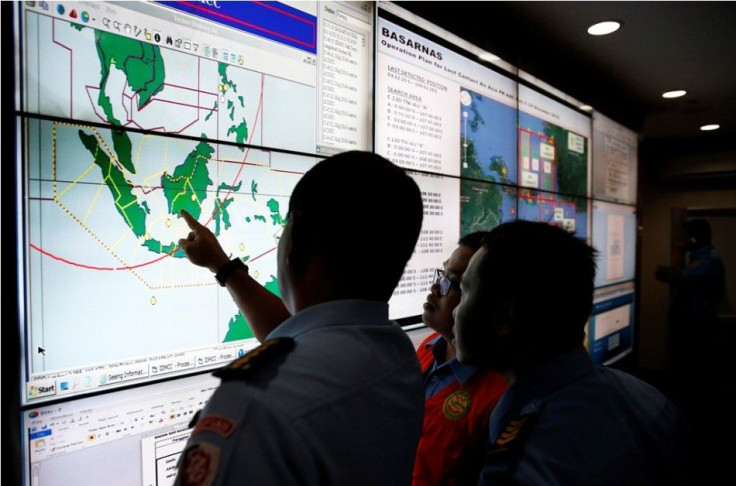After The Tragic AirAsia Flight 8501, The Need For Advanced Technology To Help Find Missing Planes Rises

As the search continues for the ill-fated airplane, many speculations have emerged on how it has landed or whether it has already exploded in mid-air. Some say that the Flight 8501's pilot may have conducted emergency water landing which did not cause severe impact. According to the senior editor of Angkasa (an aviation magazine) Dudi Sudibyo, a plane's emergency locator transmitter (ELT) only works when it impacts on land, sea or even at mountain sides. Sudibyo assumes that the pilot has managed to land on the sea's surface that is why the ELT did not work since the airplane did not encounter a rough landing.
After the two fatal flights encountered by Malaysia Airlines Flight 370 and AirAsia QZ8501, the public is asking why no technology has been invented yet to track and locate such incidents. Despite all the modern technology, it is but sad that the means to track missing aircrafts are rather obsolete and outdated.
People might think that airlines use highly advanced GPS technology to track their airplanes but such beliefs are unfortunately incorrect. Based on Daily Dot's report, planes are only monitored using radar. Some think that radar tracking maybe an old technology but for most airlines it is still is highly effective. But obviously after these tragic incidents, the old technology is now showing more flaws than ever. In this generation where in a missing MacBook Pro can easily be tracked, the public do hope that a technology that would easily locate missing airplanes and even sea ships would come up in the future.
According to Hindustan Times, the plane going to Singapore carried 162 passengers and apparently the pilot requested to shift direction due to severe weather condition. The request to change course was approved but due to heavy air traffic the airplane did not immediately ascend. Unfortunately, that was the last information ever recorded for the tragic flight and there was even no distress signal that came from its cockpit.
Some experts say that a mid-air explosion should be out of the question since the 9 bodies that were recovered were all intact and no signs of suffering from fire were seen on the bodies. The conditions of the victims' remains also heightened speculations that the airplane might have not suffered from severe impact when it hit the ocean's surface.
Meanwhile, authorities do hope that sonar technology will help them find the location of the plane's wreckage which includes its black boxes which have stored the blow by blow, minute by minute details of what went on inside the engine's mechanisms and the craft's cockpit. It also has records of what the members were doing. Currently, the search area has been widened up to 13,500 square nautical miles.
Email Address: edgereyesjr@gmail.com




















